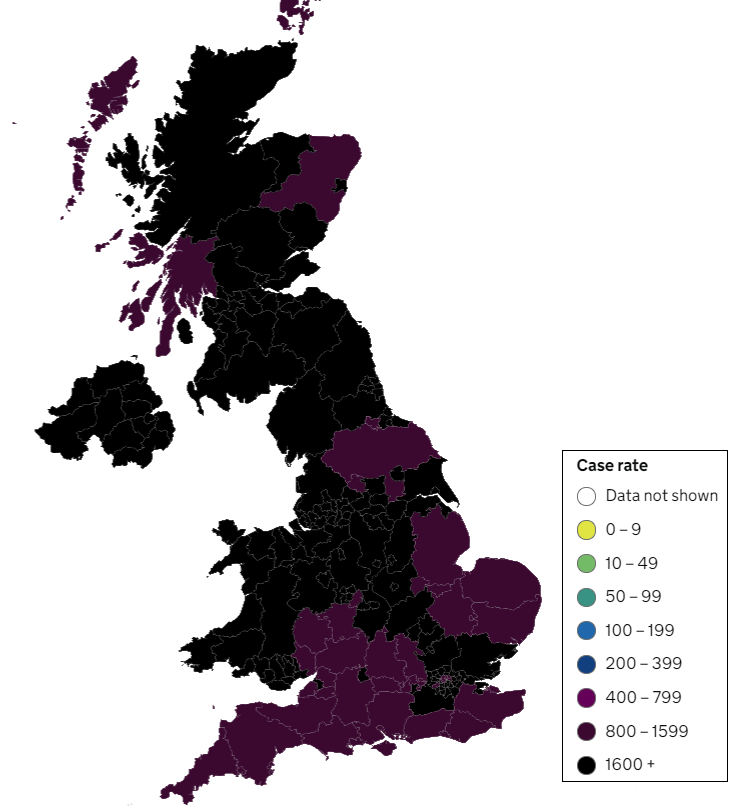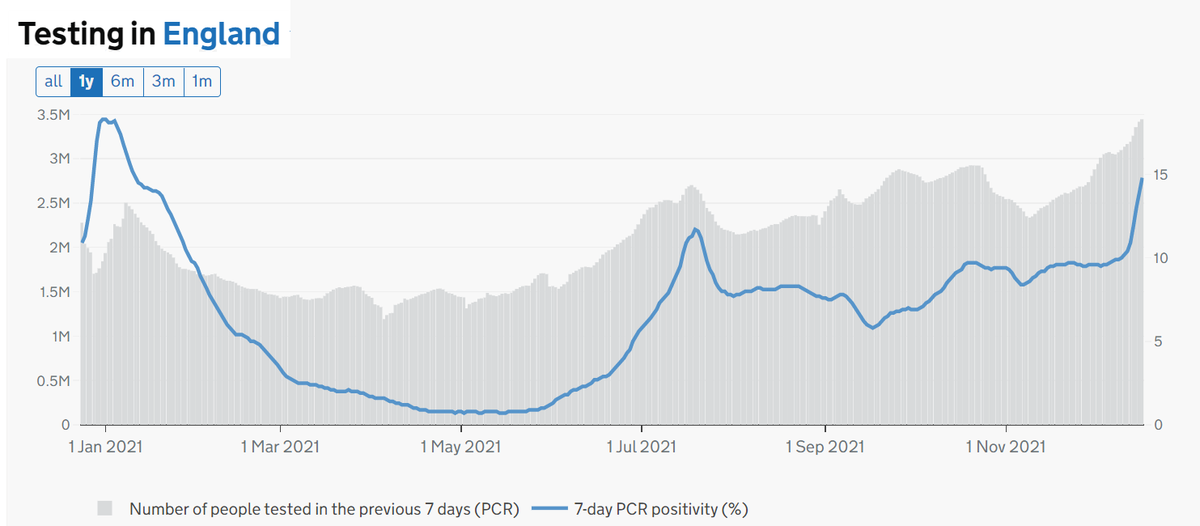Finally got round to listening to this week's @BBCMoreOrLess. Some helpful explanation of govt stats on SARS CoV2 infection rates and false positives. Am reminded how slow I am to get my head around the statistics/maths of this. 1/5
bbc.co.uk/sounds/play/p0…
bbc.co.uk/sounds/play/p0…
The fraction, percentage or rate of any test result is obviously dependent on which group of people you test. So random testing may yield a low rate of positive results but if you target your testing at people who think they may be positive, the rate goes up quite fast. 2/5
Sounds really obvious but it isn't. Several leading politicians and journalists are struggling with this fiddly bit of science and even the wonderful @d_spiegel got caught out trying to explain false positive rates to @JuliaHB1. 3/5
Over the years, I have peer reviewed thousands of scientific documents for journals, PhD students, grant funders etc. You learn when NOT to jump to conclusions about stats that aren't clear, and instead to ask for more explanation. 4/5
But we can't expect everyone to have a sixth sense about confusing statistics. That means careful use of verifiable data by govt with simple explanations from objective media sources. Fact check journalism exemplified by @TimHarford and team will give us all more confidence. 5/5
• • •
Missing some Tweet in this thread? You can try to
force a refresh


















